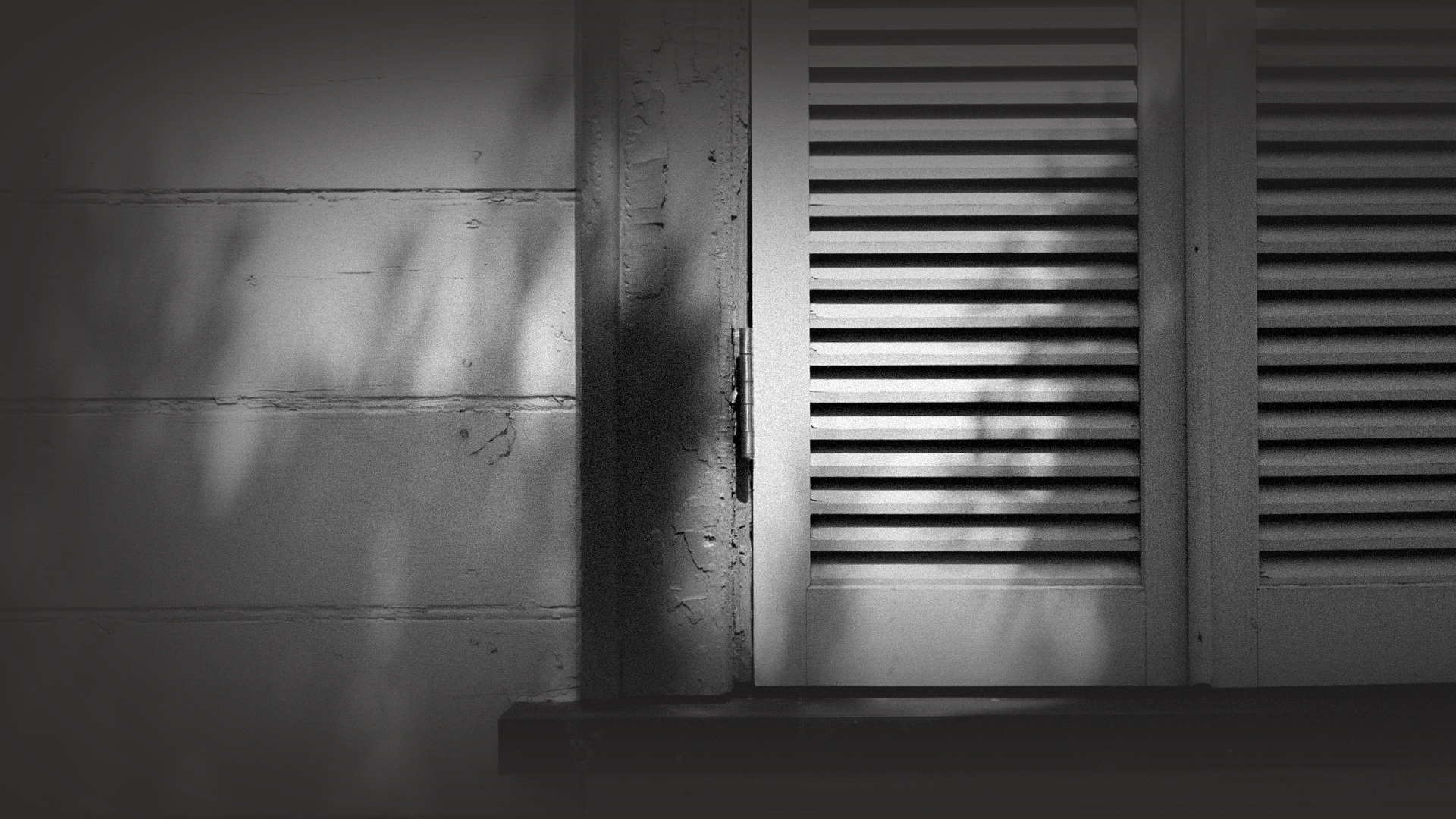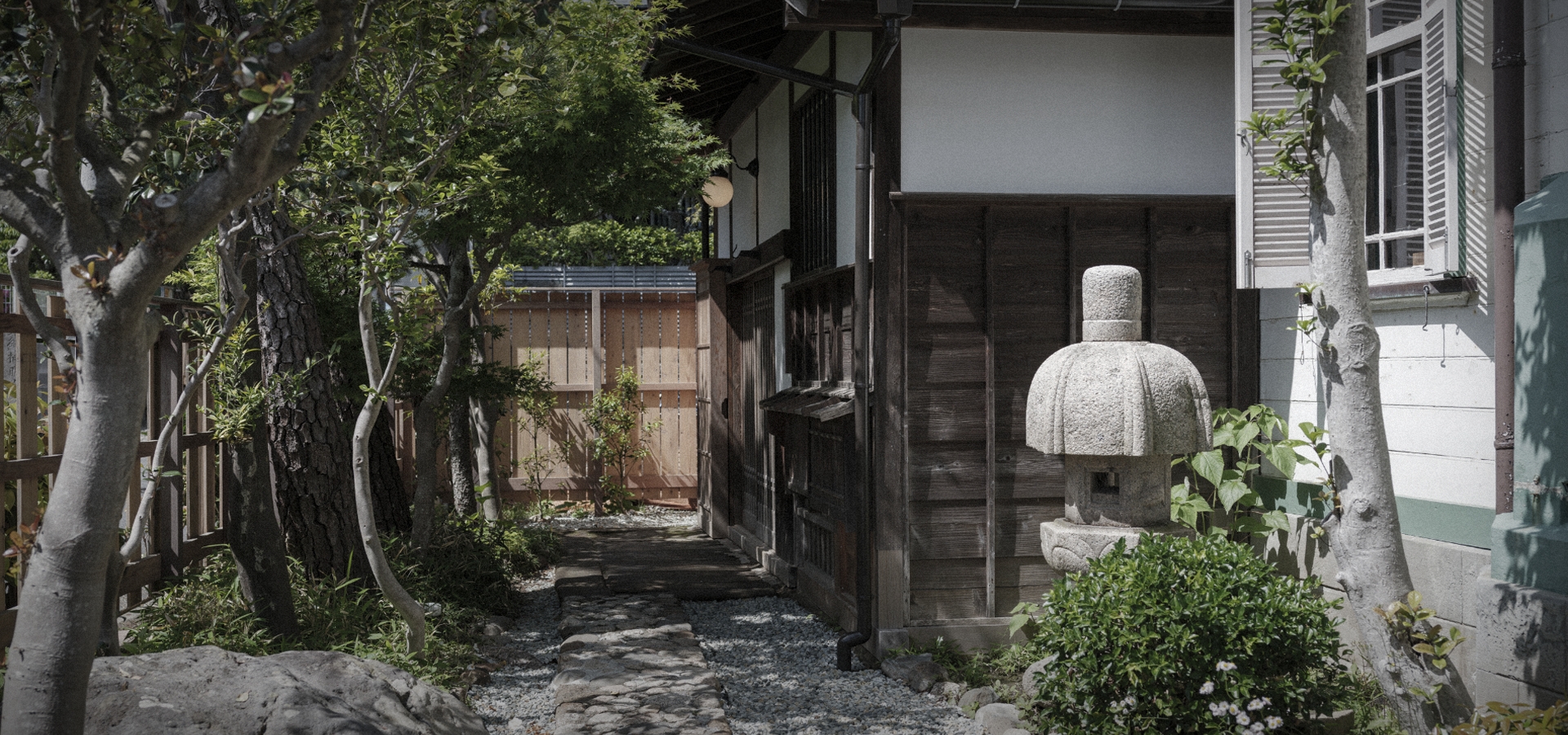
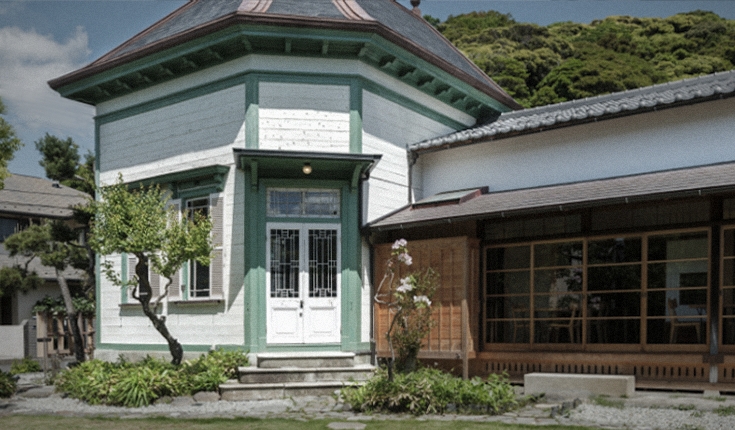
A legacy for the Future
of Kamakura
When people think of Kamakura, the image of an “ancient capital city” often comes to mind. Yet, as we explored the area around Kamakura Station, we could not help but wonder how much of that “classical scenery” truly remains. This question inspired a new initiative: if we can create 100 buildings full of character and charm, could the ripple effect help shape a landscape that Kamakura can genuinely take pride in? Achieving this may take 50 or even 100 years. By the time it is realized, we may no longer be here. Yet, believing this to be essential for the community’s future, we are committed to taking every possible action now. It was with this vision that we initiated this project.
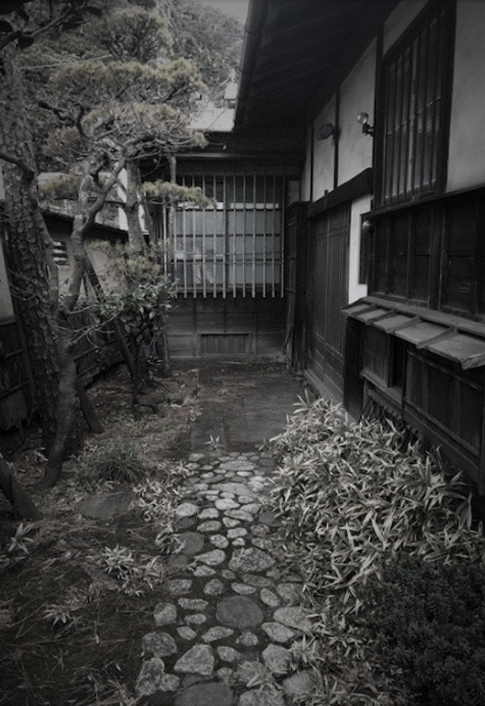
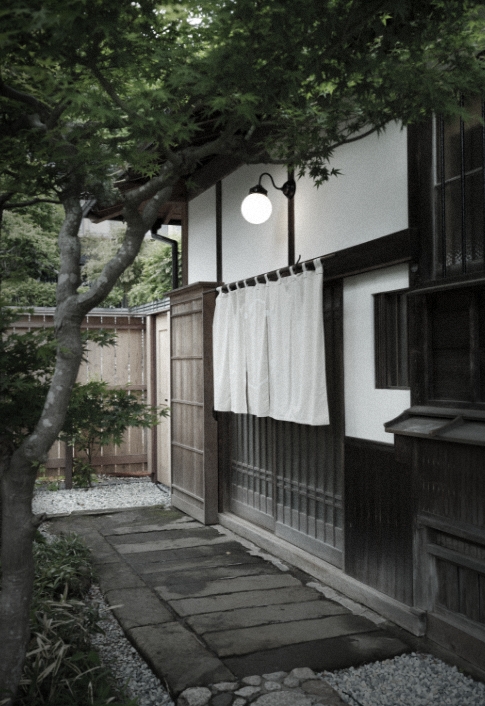
Balancing Profitability
and Cultural Value
— A Shared Challenge Across Japan
Preserving traditional houses and cultural properties comes with steep maintenance costs, and most of them are privately owned. When inheritance occurs, the burden of maintaining such properties can weigh heavily on families or individuals who inherit them. From a purely economic standpoint, demolition can sometimes seem like the only practical option.
This is why promoting the preservation and utilization of these historical structures requires the engagement of the entire community. Support from local governments and consensus among residents are crucial. Municipalities not only provide financial aid to preserve cultural assets, but also play a vital role in fostering cooperation among the community. To safeguard these buildings—symbols of local pride and history itself—active involvement from local authorities is vital.
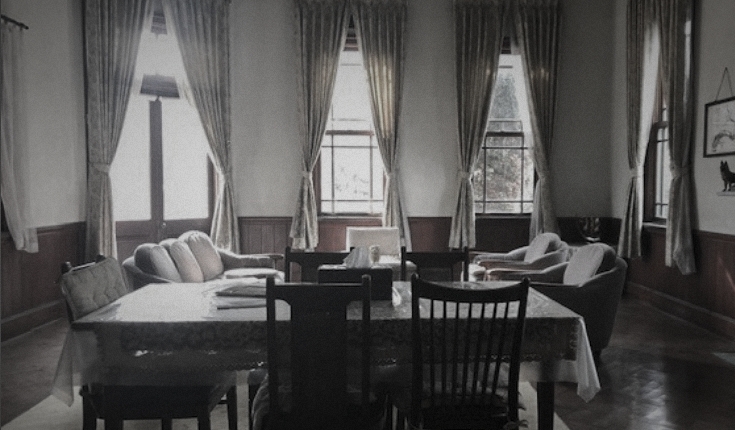

Making Preservation Viable
through Commercial Operations
As a private entity, we too cannot sustain our work on ideals or cultural significance alone. To preserve cultural properties over the long term, it is essential to establish a sustainable revenue structure.
As the Agency for Cultural Affairs has recently advocated the concept of “enhancing the added value of cultural resources,” cultural properties are not meant to be preserved in isolation. Rather, they gain sustainable longevity when their charm is shared as a space with local communities and visitors.
In the case of the former Kagaya Residence, we determined that repurposing this culturally significant building to a restaurant was the most effective approach, considering its location and functional characteristics. In places like Kamakura, where tourism fluctuates seasonally, it is essential to establish facilities that are both rooted in the community and attract public interest, while maintaining stable operation, regardless of the season or day of the week. This approach is not simply about profitability; it is a practical means of ensuring the long-term sustainability of cultural properties.
Preservation and Utilization of Cultural Heritage
— For Whom?
In revitalizing the former Kagaya Residence, cultivating relationships with the local community was a central topic. This project was never intended solely as a for-profit venture; its goal was to preserve and repurpose a historic building while nurturing the community’s culture and landscape. Over time, however, we have come to realize that sharing this vision—and the intentions behind it—with the broader community requires both patience and ongoing dialogue.
The Kagaya Residence, given its location and historical significance, holds a special place in the community. For this reason, receiving the understanding and support of nearby residents was essential to its revitalization. At the same time, preserving and operating cultural properties often involve challenges that the private sector cannot address alone. Even projects with clear social value may struggle to achieve their intended impact without community support and coordination with local authorities. We believe that if cultural and landscape heritage is to be passed on to future generations, private entities, local communities, and governments must work together to, transcend their individual capacities.
Cultural properties cannot be safeguarded through preservation alone. Their value must be recognized and engaged with by society for them to be naturally passed on to future generations. How can we balance preservation with active use? This question is not confined to a single project—it is shared by communities, local governments, and private enterprises across the country. In our pursuit of cultural continuity, we do not shy away from “making profits”. On the contrary, we seek new ways of preservation that open cultural assets to society, allowing them to live and thrive in a shared and meaningful context.
